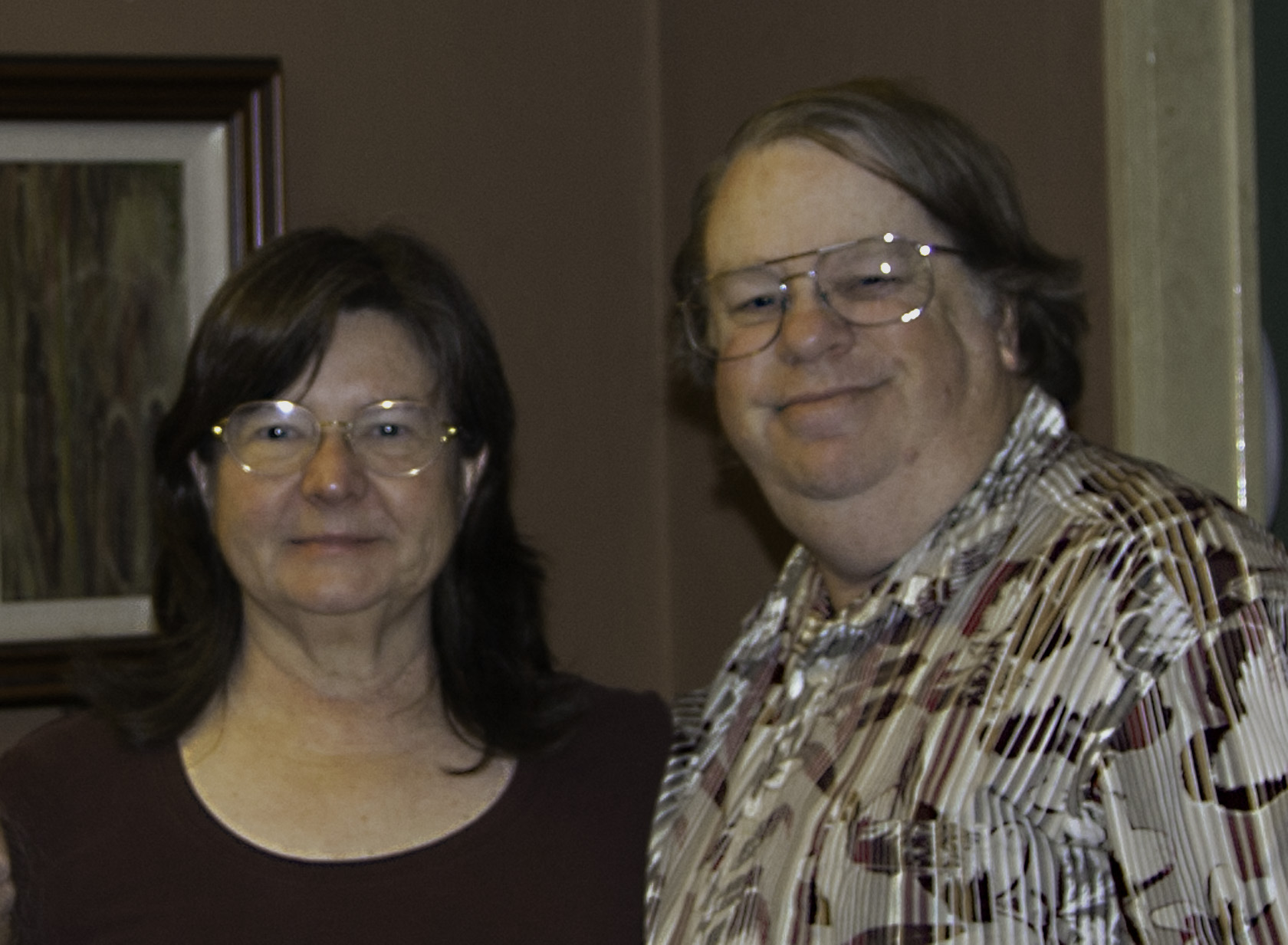
 |
Our History and Philosophy
|
The Ancient Keltic Church is a religious organization dedicated to the rediscovery and revival of the pagan mystery faith of the ancient Celtic peoples, and the incorporation of this ancient faith into modern 20th century America. It was founded in 1974 by Ann and David Finnin as an experimental group later called The Roebuck, which was made up of members of many different magical systems devoted to the exploration of a British mystery tradition made public in Britain during the 1950's and introduced into the United States during the years 1964-1966 through the writings of Robert Cochrane. Cochrane died in 1966. However, with the aid of the Cochrane writings and material contributed by other British traditionalists, the members of the Roebuck attempted to recreate this tradition and, through trial and error, forged a mystery school designed to teach its students the various methods of personal magical development.
In 1982, contact was made with William G. Gray and Evan John Jones, a members of the Clan of Tubal Cain - the British hereditary tradition of which Cochrane was the leader.After an apprenticeship which lasted nearly two years, Ann and David were adopted into the Clan by Jones and empowered to carry the tradition back to the States. Thus, a link between the old tradition and the new was formally established.The Clan Of Tubal Cain
In 1989, The Roebuck incorporated as a legal, tax-exempt church and became the Ancient Keltic Church, with all the rights and responsibilities pertaining to our legal status. Since then, we have worked to establish the Ancient Keltic Church as a modern day Celtic mystery school of the sort that might have come down to us from ancient times had nearly 2,000 years of Christianity not intervened. It has a large group of people who attend its open festivals, it has a smaller group of devotees who choose to receive instruction in order to learn more about the mysteries, it has an Initiate priesthood that serves those who come to the rites by running rituals, teaching classes and giving oracles, and it has a core group of people who have dedicated their entire spiritual lives to guarding the rites and teachings against those who would dilute or corrupt them.
We carry on a tradition that practices magic and taps into ancient and primal sources for the power to do so. We invoke the aid of unseen forces and use natural materials like stones, herbs, animals, etc. to channel our will in order to make things happen. But we are, above all, a Pagan religion with a complex theology and strict code of behavior. We believe that spiritual development comes first and that magic is secondary, coming once a certain level of attainment has been achieved. 'Our belief,' as Cochrane wrote in 1966, 'is concerned with wisdom; our true name, then, is the Wise people and wisdom is our aim.' One of the ways in which this is accomplished is through contact with the inner plane guardians of the circle. These guardians, called 'gods', 'shining ones', or, in later times, 'fairies', are the primordial forces of nature as described in Irish, Welsh and Gaelic folklore and are associated with the four elements of fire, earth, air and water.
These guardians, along with a Father God and Mother Goddess, make up the pantheon of deities to which a member is introduced, first through guided meditations and then through personal contacts. Personal development and magical power comes primarily through understanding all these natural forces, dark as well as light, and transforming that understanding into control over their aspects in the individual psyche.
However, once achieved, this personal developement must then be laid upon the altar of service, for power is only a means to an end, not an end in itself. As tribal healers, seers and shamans of old knew well, the final result of the attainment of personal magical power is to go forth and serve the people of the tribe. By running rituals, teaching classes and ministering to the needs of the people by providing healing, counseling, and rites of passage for them and their children, we hope to continue this tradition of service and commitment to our community. |

